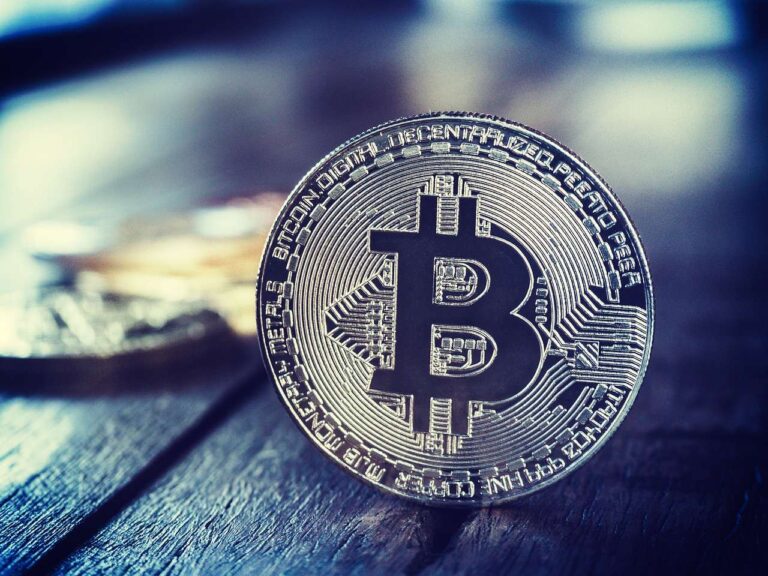It might be hard to believe, but there are “almost” incognito figures who have been influencing the cryptocurrency market forever: these are the crypto whales.
Investing like the best drives us to seek them out. Often, however, best does not necessarily mean the greatest investor ever, just someone capable of putting an entire industry in check.
That of crypto whales is not a mystery. On the contrary, these are figures that exist in all industries. That of cryptocurrencies is no different.
Many may have wondered who or what they are, how much they earn or what figures they make from the Web3. Well, here you will find the answers, clarifying this often somewhere between fantasy and reality.
Table of Contents
Definition of a “Crypto Whale”
No, this is not about who knows what figures, but about as mundane as can be in finance.
Think of large companies in which a few investors hold a large portion of shares-this is basically what so-called “whales” are.
A crypto whale is nothing more than an individual or company that generally holds 10 percent or more of the total outstanding supply of a given cryptocurrency.
Of course, there are some exceptions. For example, we might consider a “crypto whale” even a holder of 1,000 or more Bitcoins!
Which Crypto Whales do we know?
As is the case in traditional finance, an openly stated position on a particular asset (or known for a variety of reasons) makes it possible to ferret out some of the largest crypto holders.
In the case of whales, there are methods to unearth them that we will see shortly, but we can certainly list the likes of the now fallen Sam Bankman-Fried, holder of a billion-dollar portfolio based on crypto assets, and Binance CEO Changpeng Zhao, who needs no introduction.
Even companies such as MicroStrategy, holder of about 130,000 Bitcoins falls into the list without a doubt!
But how do we find crypto whales? How do we detect them? There is a way, actually more than one way.
The Crypto Whale Tracker
These are purpose-built tools are used to detect wallets involved in large exchanges.
When a digital wallet sells or buys large amounts of cryptocurrency, the blockchain records the transactions making it possible for traders to analyze the addresses of the wallets involved and keep an eye on them.
There are sites allow precisely to monitor these addresses, ensuring that they are notified whenever a large transaction has taken place, even revealing the address.
Some of the best crypto whale trackers around are definitely Whale Watchers, Etherscan and Solscan.
However, a web search will suffice to secure the one that will best suit you.
Do Crypto Whales manipulate the cryptocurrency market?
It is hard to believe that these organizations or individuals can sell all their cryptocurrencies, but whether in buy or sell, it is certain that the market is affected.
Many will wonder about the size and figures within these wallets, but of course they vary depending on the addresses being considered.
We are talking about figures that are sure to exceed a few tens of millions, going up to several billions!
This means that each of their orders can change the market logic, causing other investors to open wrong positions to benefit from their losses.
In short, that crypto whales can manipulate cryptocurrency supply and demand is a reality, which is why it is important and can make a difference to keep an eye on them.
Following in their wake may be the only way to stay afloat in this tumultuous industry!
Crypto Whales, what are they investing in?
Today’s investments in these huge portfolios are constantly changing.
Exchanges are happening very fast, although for the moment the crypto sector seems to be slightly in the doldrums.
What is certain, and what transpires from the trackers, is that crypto whale investments are mostly based on Bitcoin and Ethereum, even reaching as far as Cardano and Shiba Inu.
The reasons behind their choices are not always clear. But following and sometimes copying their investments can certainly prove to be a winning strategy! Especially in the long run, eliminating too much noise in this volatile sector.
What does this mean for crypto traders?
The answer is: it depends. Often crypto whales operate on exchanges, creating hysteria among investors and difficulties for the trading platforms themselves. But other times they operate in OTC (Over The Counter) markets.
This may save the problems of exchanges, but it does not change the fact that the cryptocurrency subject to these massive exchanges is altered, creating a less than ideal atmosphere for investing.
Too much panic or exaggerated exaltation of crypto traders in fact always brings serious consequences.
So we can say how their presence is not at all positive and that monitoring them is a necessity for anyone who intends not to get hurt and seriously trade cryptocurrencies.
Read also: Crypto winter, what to do? 3 opportunities for Web3 investors












